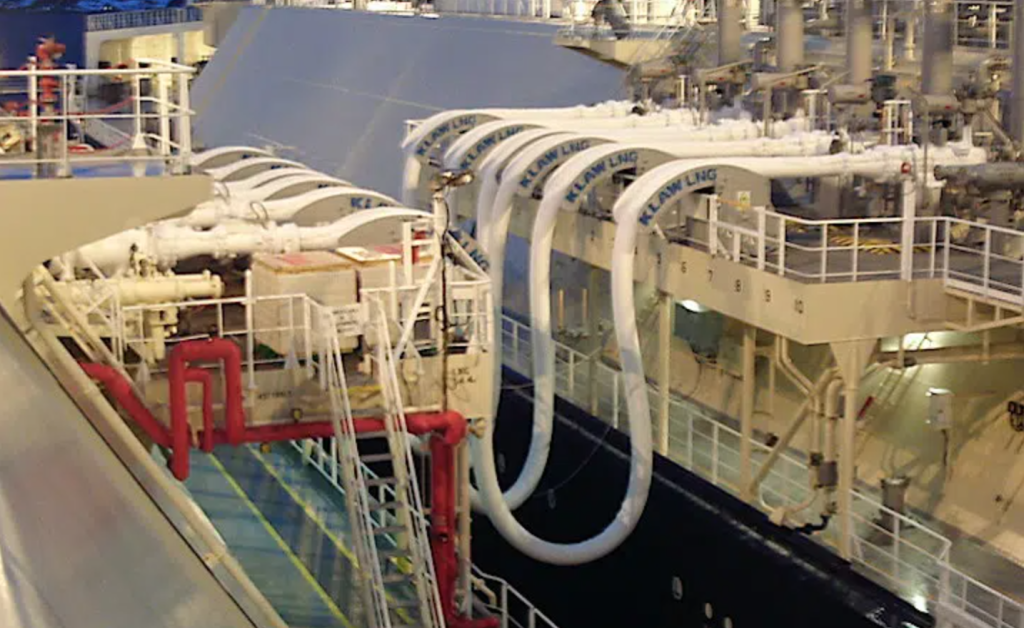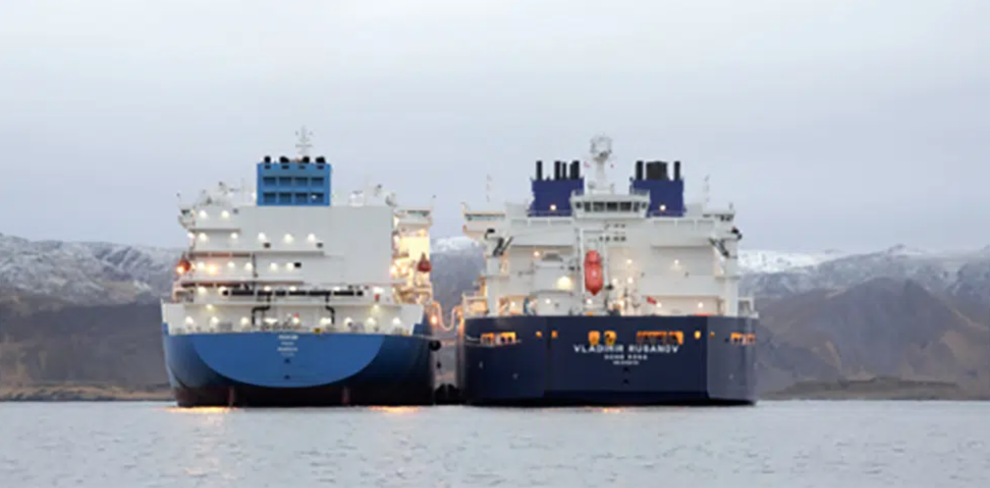What is LNG?
LNG, or liquefied natural gas, is a type of gas that has been converted into liquid form for ease of storage and transportation. LNG is the most common method of transporting natural gas around the world. And it’s an important part of how we power homes and businesses with natural gas.
What is it used for?
Liquefied natural gas is often used by utility companies to power homes and businesses, especially in areas where natural gas pipelines are not available. It can also be used for industrial applications, such as powering manufacturing facilities or fuelling vehicles. Other common uses include storing natural gas reserves, powering ships and aeroplanes, and keeping buildings warm during the winter months.
Several countries across the globe rely on liquefied natural gas to meet their energy needs, including the United States, China, and Japan. As global demand for natural gas continues to rise, we can expect liquefied natural gas to play an important role in meeting this demand in the years to come.
The transport process and associated transfer system parts involved play a vital role in ensuring that LNG continues to be a reliable and efficient energy source for many years to come.
What are the parts of an LNG transfer system?
An LNG transfer system is made up of a number of different parts, including:
- Pipelines: These are used to transport gas from the liquefied natural gas plant to its destination.
- Loading arms: Loading arms are used to transfer natural gas from the ship or railcar into a storage tank. They’re made up of several different components, including a nozzle, a rigid pipe, and an expansion joint.
- Storage tanks: These are used to store liquefied natural gas until it’s ready to be used.
- Vaporisers: Vaporisers are used to turn liquefied natural gas back into a gas so that it can be used.
- LNG carriers: liquefied natural gas carriers are ships that transport liquefied natural gasNG to locations around the world.
The LNG transfer process
 The LNG transfer system is typically made up of several components, including the receiving tank, pumping station, and re-gasification unit. Each of these parts plays an important role in facilitating the safe and efficient transfer of liquefied natural gas from one location to another.
The LNG transfer system is typically made up of several components, including the receiving tank, pumping station, and re-gasification unit. Each of these parts plays an important role in facilitating the safe and efficient transfer of liquefied natural gas from one location to another.
In order for a successful liquefied natural gas transfer to occur, it is essential that all of the system’s components are properly installed and maintained. The receiving tank is perhaps the most important part of the system. As it is responsible for storing the liquefied natural gas until it is needed. In order to ensure that the LNG remains in a liquid state, the tank must be kept at a temperature of -260°F (-162°C).
The pumping station is responsible for moving the liquefied natural gas from the receiving tank to the re-gasification unit. This part of the system typically consists of a series of pumps and valves that are controlled by a computerised system. In order to prevent the LNG from vaporising, it is essential that the pumping station is operated carefully and efficiently.
Finally, the re-gasification unit is responsible for warming the LNG back up to its gaseous state after it has been pumped from the receiving tank. This part of the system usually consists of a series of parallel heat exchangers that are used to warm the liquefied gas until it reaches its normal operating temperature. When operated properly and efficiently, all of the components of a transfer system can help to facilitate safe and efficient gas transportation and distribution.
Transfer system parts
As outlined above, the LNG transfer process is facilitated by a number of different stages. Each of which plays an important role in the safe and efficient transportation of liquefied natural gas. In order to ensure that a transfer system is operated properly and efficiently, it is essential that all of its components are installed and maintained correctly. Some of the most important parts of a liquefied natural gas transfer system include the receiving tank, pumping station, and re-gasification unit.
The receiving tank is responsible for storing the liquefied natural gas until it is needed. In order to keep the LNG in a liquid state, the tank must be kept at a temperature of -260°F (-162°C). The pumping station is used to
About KLAW
KLAW LNG is a leading provider of liquefied natural gasNG transfer systems, offering high-quality equipment and expert service for businesses looking to transport liquefied natural gas in an efficient and safe way. The team has many years of experience in the design, installation, and maintenance of transfer systems.
As the first in the world to manufacture and operate a bulk transfer system, KLAW LNG brings a unique level of expertise to the industry. Whether you need a new system or want to maintain and optimise your existing equipment, KLAW LNG has the knowledge and experience to help you achieve your goals. To learn more about our services and products, visit us online today!








Add Comment